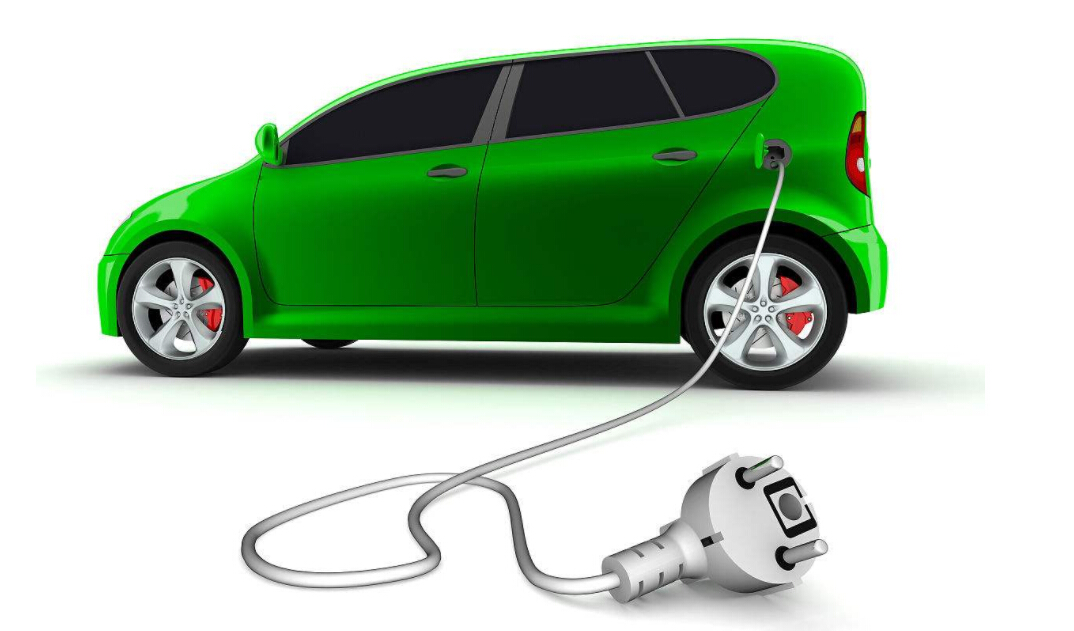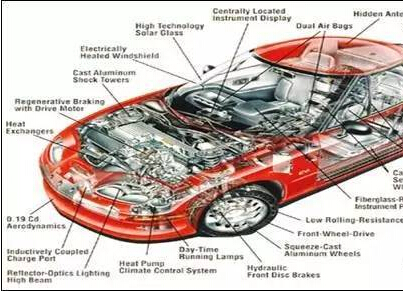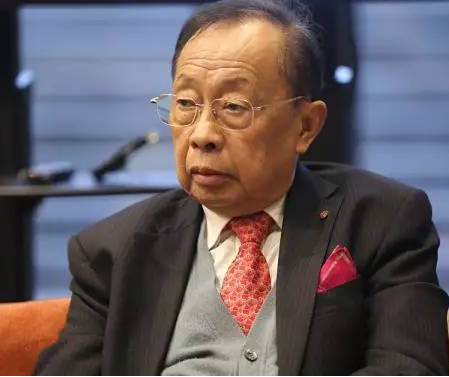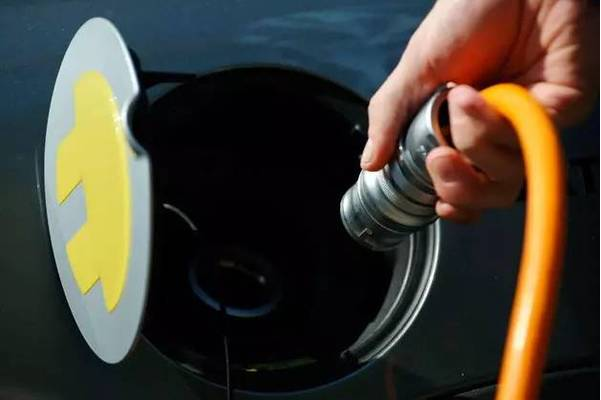The "Golden September and Silver 10" of the auto market this year has come more cold and cold than ever. Along with the overall situation of the automobile market in the cold winter, the positive trend of traditional fuel vehicles is gone. However, under the strict standards of the new country, the momentum of new energy vehicles has not been ruined, but the trend of rapid growth in production and sales has been achieved. According to the data, the sales volume of new energy vehicles reached a new high in September, and the sales volume in a single month even exceeded 120,000 units.
According to data released by the Association recently, as the first batch of micro-electric vehicles that entered the new energy vehicle market, the sales volume in August was only 374 units, a sharp drop of 92.5% compared with the 5018 units in the same period last year. What's even more amazing is that in September, the sales volume of the D2, the Bean Star, was only 10 units, and the sales volume was 5,084 units in the same period last year, down 99.8% year-on-year.
At the same time, the sales volume reached 78,079 units last year. In May this year, with the sales of 12,624 units, it became the world's best-selling BAIC New Energy EC180. In June, the inventory was basically swept away. Only three units were sold and they were opted out.
Judging from the above market situation, the micro electric vehicle seems to have gone. The micro-electric car that once occupied the "half of the new energy vehicle" has now fallen into the bottom of the valley. What caused it?
In the past few years, in the context of energy conservation and emission reduction, in order to accelerate the development of the new energy automobile industry, the state has planned a financial support subsidy program for the promotion and application of new energy vehicles from 2016 to 2020, and implemented the Pratt & Whitney system.
According to the relevant regulations, pure electric vehicles with a cruising range of more than 150 kilometers can receive a subsidy of 35,000 yuan from the state, and the local government will give an additional subsidy of 45,000 yuan. Therefore, an electric vehicle can receive a total subsidy of 90,000 yuan, and the government's support can be quite large.

With the high subsidy policy, coupled with the lower technical threshold and the low cost of manufacturing, the micro-electric vehicle can meet the standard of policy requirements, and it has the highest price/performance ratio on the market. Reasonable things. At that time, in the city of restricted purchase, only a small electric vehicle with tens of thousands of yuan could get a license for new energy vehicles, which became one of the reasons why consumers favored miniature electric vehicles.
However, after a large number of new energy vehicle fraudulent incidents were exposed in 2016, the national new energy vehicle subsidy policy began to be more strictly controlled. In the same year, the subsidy standard was clearly lowered by 20%
This year, the implementation of subsidizing the New Deal has shown a trend of low retreat and high compensation. According to the new regulations of 2018, the subsidies for pure electric vehicles lasting 150-300 km are reduced by 20%-50%, and the models below 150 km are no longer subsidized. Vehicles with a range of 300-400 km and above 400 km will be raised by 2%-14%, respectively, and the subsidy factor will be assessed by battery energy density and energy consumption. This obviously gives a “fatal blow” to micro-electric vehicle companies with low technology and short battery life.
For large-scale auto companies such as BAIC New Energy, the adjustment of this policy and the great changes in the market can also adjust the strategic route of the product in time. Even abandoning a single market segment product will not have a big impact.
In addition, due to the turning point of the policy, the cost performance of the electric vehicle product level has also undergone great changes. At present, the main consumer of electric vehicles is still concentrated in the restricted city, and today's limited-city urban electric vehicles also need to shake the number. In addition, the subsidy policy is tilted for medium and high-end electric vehicle products with high battery energy density and long cruising range. This makes the products of middle and high-end electric vehicles more cost-effective and more competitive.
On the contrary, most of the miniature electric vehicles that do not meet the new policy subsidy standards are more expensive than before, and the price/performance ratio has shrunk. Therefore, consumers are reluctant to consider low-end models when buying a car.
In addition to the pressure given by mid- to high-end models, micro-electric vehicles have also received low-speed electric vehicle cofferdams that have been widely acclaimed in recent days. Compared with micro-electric vehicles, many low-speed electric vehicles have not fallen too far in performance and configuration, but the price is only half that of micro-electric vehicles.
In addition to being able to line up on the cards, micro-electric vehicles without subsidies no longer have obvious product advantages compared to low-speed electric vehicles. Obviously, under the pressure of the New Deal and the pressure of the lower-level products, the micro-electric vehicles must not only raise the threshold from the technology, increase the cruising range, but also need to make a certain degree of upgrading in terms of materials and configuration. Product strength.
However, with the upgrade of the model, the cost of the car will increase accordingly, and the price of the product will also rise. Consumers are becoming a new problem if the upgraded product is willing to pay the bill.
Nowadays, with the subsidy of the new policy and the increase in consumer demand for electric vehicle products, the low-end micro-electric vehicle products have finally “sanded down”, exposing their weak market competitiveness. As the new energy vehicle sector becomes more rational, the bubble is constantly being squeezed out.
In the future, only the technology and products have high requirements, and the car companies that are deeply committed to technology research and development and product polishing can stand out. If the products are not competitive, they will only be eliminated.
















 RCCN WeChat QrCode
RCCN WeChat QrCode Mobile WebSite
Mobile WebSite







